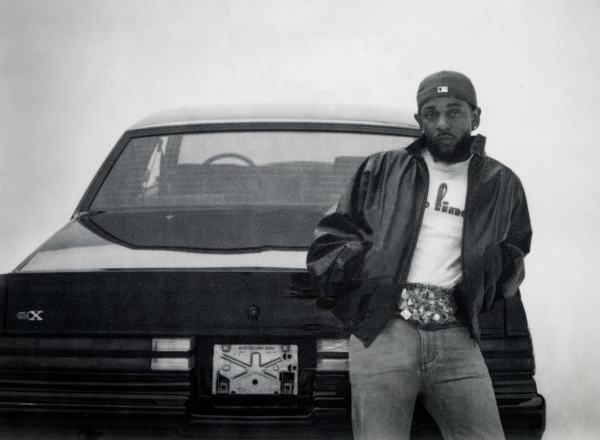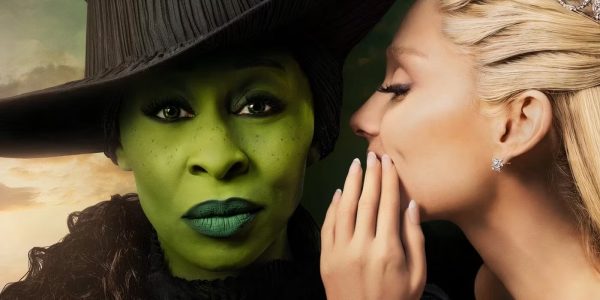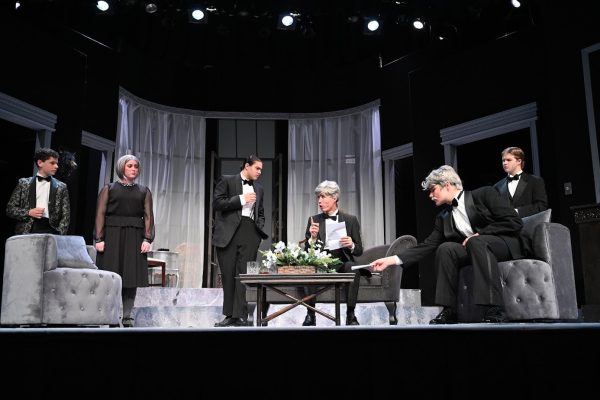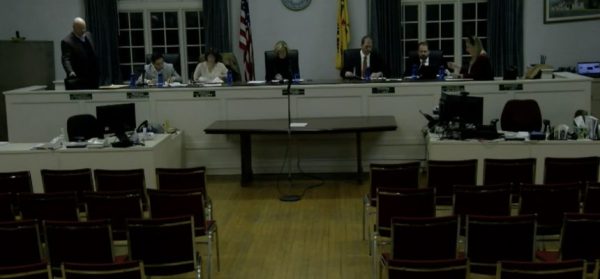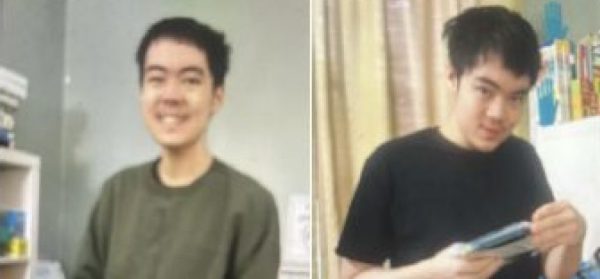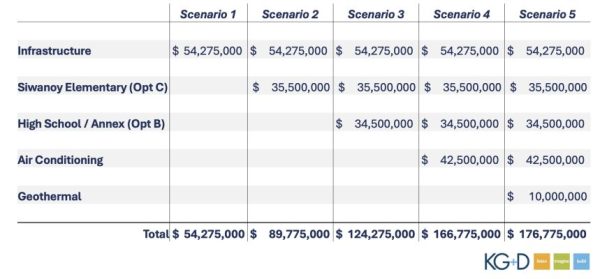‘Lupin’ retains its style and charm in Part 2, but plot feels somewhat stagnant
Editor’s Note: This is a review about Part 2 of “Lupin” only, and as such, it contains spoilers for Part 1 of the show. If you have not watched Part 1, please do so before reading this.
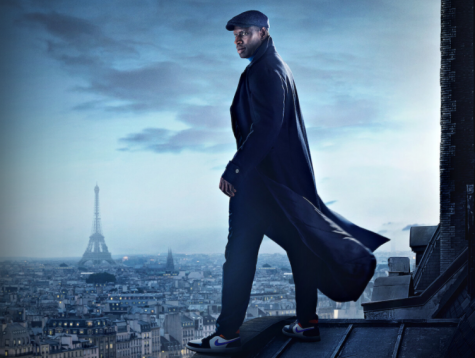 When George Kay and his team released “Lupin” to the world back in January, they had high hopes for its reception in France, where most people have, at the very least, heard of Arsene Lupin. In addition, Omar Sy, the show’s lead actor, is one of the most popular current actors in the country. Outside of France, however, if you mentioned the name of Lupin or Sy to a random individual, you likely would have received the same response to both: “Who?”
When George Kay and his team released “Lupin” to the world back in January, they had high hopes for its reception in France, where most people have, at the very least, heard of Arsene Lupin. In addition, Omar Sy, the show’s lead actor, is one of the most popular current actors in the country. Outside of France, however, if you mentioned the name of Lupin or Sy to a random individual, you likely would have received the same response to both: “Who?”
That is, of course, if you had done so before the release of “Lupin.” To everyone’s — including the creators’ — surprise, the show became popular not only in France, where sales of original Arsene Lupin novels skyrocketed immediately following its release, but also in other countries, including here in the US. But what would make Americans watch a show that relies heavily on a fictional character they have never heard of and stars actors whose names they don’t recognize?
The answer is a confluence of multiple factors: Sy’s charismatic, whimsical performance, cleverly designed montages of Assane’s various exploits, a quick pace, a compelling narrative, an energetic soundtrack, and more. For 5 episodes, these aspects made “Lupin” an enthralling watch and left the audience wanting more, especially after the first part’s cliffhanger. Now that more is here, though, despite many of these factors still being present, the show fails to live up to the hype that it is responsible for creating.
Now would be a good time to review the events of Part 1, if for you, like me, it has been a while. Several interesting subplots develop throughout those first 5 episodes, including Assane’s unlikely camaraderie with muckraker Fabienne Beriot as the two bond over their shared contempt for Hubert Pellegrini (Herve Pierre).
In Part 1, the subplot with Fabienne came at a critical moment in the show and helped give new perspective and urgency to the show’s main conflict — that between Assane and Hubert Pellegrini. By introducing a new character with her own backstory and her own reasons for why she has such hatred for Hubert, the apparent malevolence of Hubert increased in the audience’s minds. Naturally, if two people hate him for completely separate reasons, he must be a truly evil person.
I say “apparent” because, throughout the show, Hubert is a relatively weak adversary for Assane. While Hubert does take actions with malicious intent, Assane is always multiple steps ahead of him, so while Assane makes consistent progress towards catching Hubert, Hubert can never even seem to delay Assane significantly.
This discrepancy is especially glaring in Part 2 solely because the audience now knows what to expect. By this point, it is well established that Assane will always outsmart Hubert, so when the writers attempt to give us more examples of him doing so, despite the fact that they are just as clever as in Part 1, they are not nearly as captivating, because there is never a moment when we are led to believe that Assane will fail.
In Part 2, “Lupin” explores a more dramatic tone, delving further into Assane’s complicated relationships with the two main women in his life, his ex Claire (Ludivine Sagnier) and Juliette Pellegrini (Clotilde Hesme), Hubert’s daughter. For the first time (at least in detail), the show deals with pure emotional manipulation between characters, especially in Part 2’s third episode, which deals almost entirely with Assane and Juliette’s current relationship (as opposed to Part 1, which focused heavily on their interactions in flashback).
While I appreciated the show’s attempt to branch out, this felt like the wrong path to choose, so to speak. The success of Part 1 of “Lupin” stemmed from its unique ability to inject a sense of cunning playfulness into the otherwise serious genre of crime drama. In Part 2, the writers depart from this very quality, seemingly for no good reason.
Still, Part 2 is almost worth watching for Omar Sy’s performance alone. Even as the writers depart from the show’s whimsical nature, Sy does not do the same with Assane’s character. He remains fun to watch, and at the end of the day, that is what many audience members look for in a show like “Lupin.”
If “Lupin” does come out with a Part 3, as George Kay has teased, I will be very curious to see the direction they choose to turn. There is a definite opportunity for the show to return to its Part 1 tone while also exploring different themes and developing characters further, but the writers must prove themselves capable of achieving such balance once again.
Grade: B+
Vikram Jallepalli is a senior at Pelham Memorial High School. Writing for the Examiner is his first role in journalism. He performs in Sock’n’Buskin...




